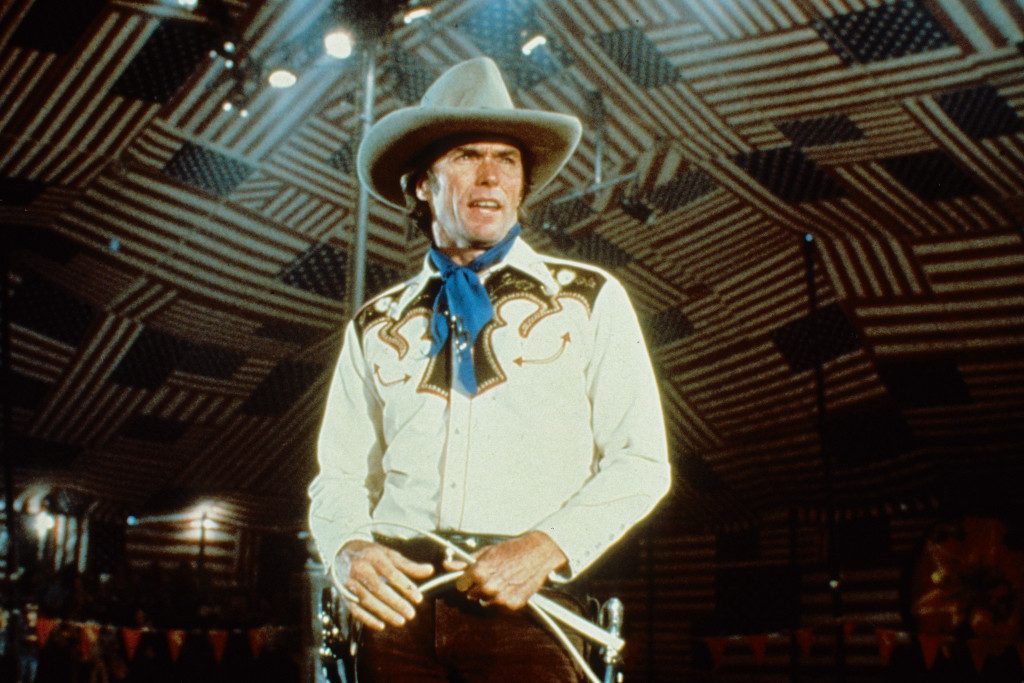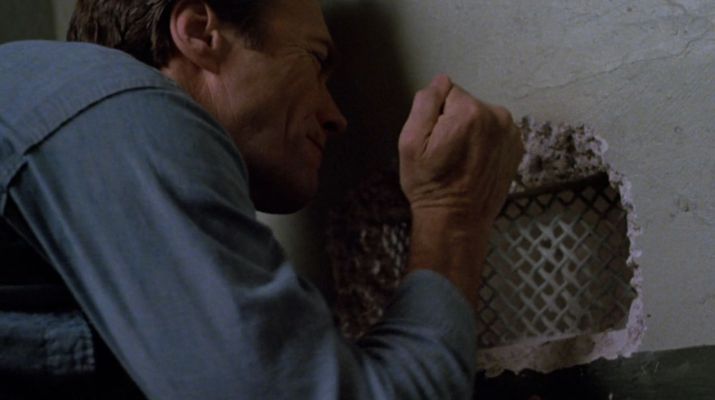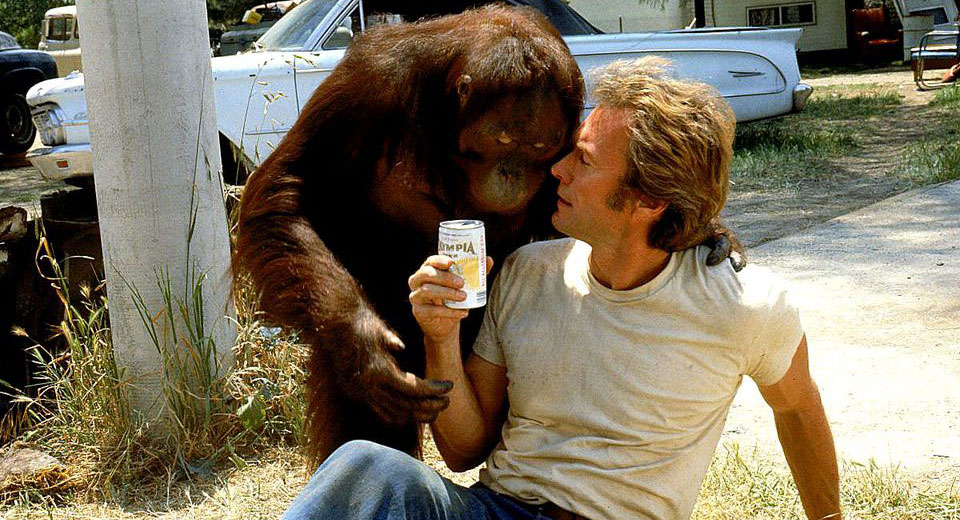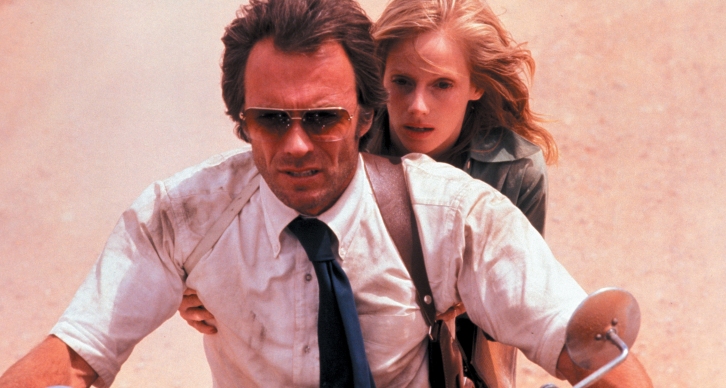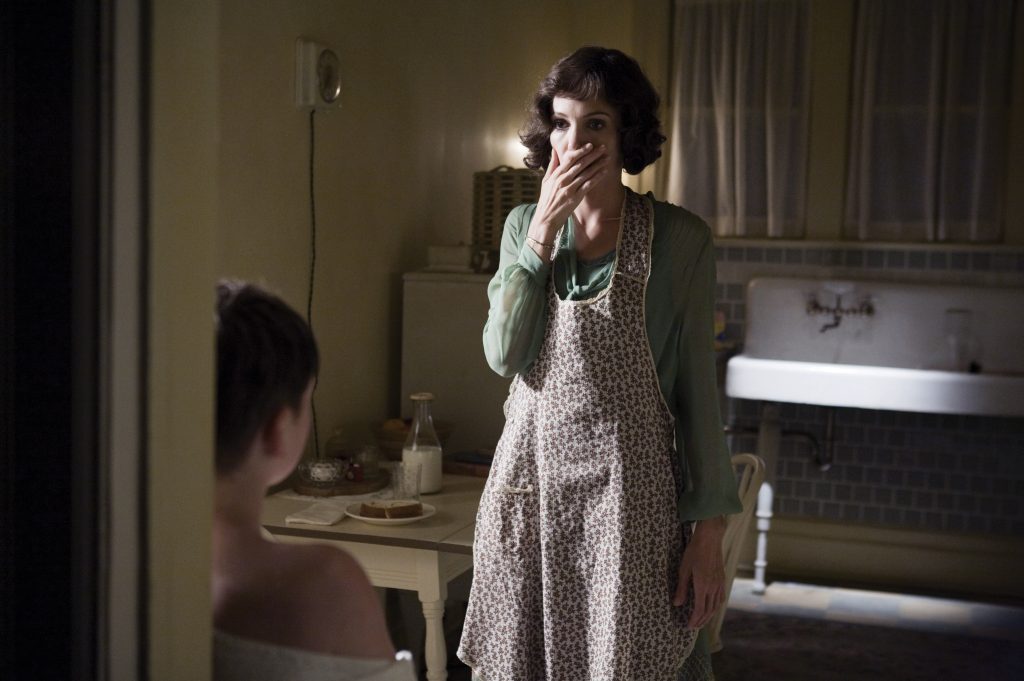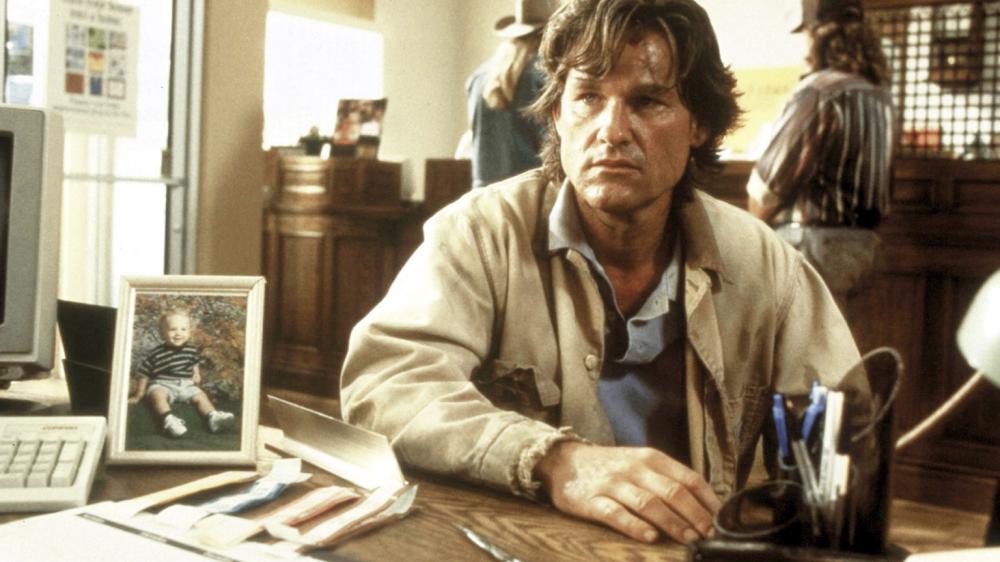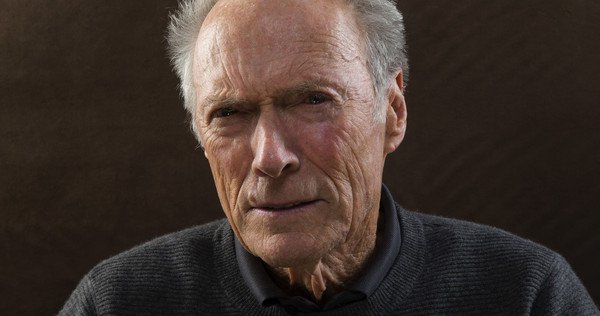END OF THE YEAR AND END OF THE DECADE EDITION
Forgive the awards season hiatus! I missed you all and I couldn’t let you go without a quick toast to the end of 2019 and the end of the 2010s!
LESSON #1: IT’S ALL CINEMA— Boy, did I miss one dismissive and hand-wringing soapbox after another with Martin Scorsese, one of the greatest directors of film history. Rant after rant, click after click, retweet after retweet, boy did ole Marty start a fight. I don’t mean to sound regressive like #AllLivesMatter versus the true need of something like #BlackLivesMatter, but someone needs to tell Mr. Scorsese that it’s all cinema, from every cheesy and trashy film to every astute and austere film. That’s from Cats to The Irishman and everything in between. They are made by creators aiming for storytelling, entertainment, and expression. They just do so to different degrees and for different audiences. So, respectfully, Marty, STFU. Because you do great work, I won’t sentence you to Lesson #2 like one of your peers.
LESSON #2: CLINT EASTWOOD CAN RETIRE NOW— Look, I adore Clint Eastwood’s work. He is essential American cinema (there I go…) and has the legacy and hardware to prove forever. But, gosh, is he slipping. With each can he kicks down the road since American Sniper, he’s loosing a grip on the truthful side of his filmmaking to match the purposeful part. Honoring little notes of history is one thing with dramatic license. Revising and degrading is another. You crossed a line with Richard Jewell and the treatment of the late Kathy Scruggs, played by Olivia Wilde. Go back to that sunset and porch rocker, Clint.
LESSON #3: PLEASE LET ADAM SANDLER TURN A NEW LEAF— Before Uncut Gems, I legitimately and truthfully had not watched an Adam Sandler movie in nine years. I didn’t need Jack and Jill to give up on him and the repetitive manchild garbage he was making. I had no regrets abstaining from his career. Hot damn, though, did he supernova with Uncut Gems. Please let this career resurgence be a true new trajectory and not a one time thing. Don’t let him dangle a role of two like Eddie Murphy and go back to the low-hanging fruit garden. He’s back and I want more.
LESSON #4: IT’S EARLY, BUT GRETA GERWIG REMAINS UNDEFEATED— That women knows how to make good films, period. After blazing bright with Lady Bird and all its crassness, she comes back with a PG-rated and spirited adaptation of Little Women that is an absolute delight. It’s better than just a nod at girl power. It’s rich and multi-layered art. She has earned automatic watch status for whatever comes next for her. And while we’re talking about Greta Gerwig, Dear Academy, don’t make the mistake the Golden Globes did and nominate more women like her for the excellence in their fields.
LESSON #5: ADAM DRIVER AND FLORENCE PUGH WILL BE THE STARS OF THE 2020s— Even with a big second half and huge 2019, I won’t call Adam Driver the star of this decade, but I have a good feeling he will be the star of the next one. I’ll give this past decade to Leonardo DiCaprio, Bradley Cooper, Ryan Gosling, and Christian Bale before Driver, but few actors have his crossover appeal and towering potential right now. Need proof? Pick anything from this year, but especially Marriage Story. Watch him win the Oscar to kick off his 2020. As they say, the sky (and for him, the galaxy), is the limit. His white-hot female equivalent is Florence Pugh who carried a tremendous 2019 with Fighting With My Family, Midsommar, and Little Women. She is a dual Oscar contender for those latter two roles and has Black Widow to start 2020. We see many ingenues come and go, but, like Driver, her range across genres is formidable and will keep her around and successful for a very long time.
LESSON #6: THIS NEXT DECADE HAS UNKNOWN CHALLENGES AHEAD— The 2010s brought a swell of nostalgia regurgitation like we’ve never seen with peaks and valleys across James Bond, Star Wars, Star Trek, Mission: Impossible, Jason Bourne, the MCU, the DCEU, Transformers, Pirates, Ghostbusters, Planet of the Apes, Rocky, Rambo, Despicable Me, Men in Black, The Terminator, Toy Story, Ocean’s 8, and every possible Disney re-imagining. Try as the greedy studios may, surely the noise of all that cannot continue another decade. Creative bankruptcy has a limit and it’s going to run out and crash hard. The 2020s have the challenge of creating new properties and experiences because the old stuff won’t last forever. With the close of a Star Wars saga and a massive MCU phase to finish 2019, we stand at the edge wondering what’s next and what can top what’s been done. It can’t all be new Avatar movies. Your decade, your move, Hollywood. Give us something good. In the meantime, we’ll be on the couching binging your streaming services.
 DON SHANAHAN is a Chicago-based and Rotten Tomatoes-approved film critic writing on his website Every Movie Has a Lesson. His movie review work is also published on 25YL (25 Years Later) and also on Medium.com for the MovieTime Guru publication. As an educator by day, Don writes his movie reviews with life lessons in mind, from the serious to the farcical. He is a proud director and one of the founders of the Chicago Independent Film Critics Circle and a member of the nationally-recognized Online Film Critics Society. As a contributor here on Feelin’ Film now for over two years, he’s going to expand those lessons to current movie news and trends while chipping in with guest spots and co-hosting duties, including the previous “Connecting with Classics” podcasts. Find “Every Movie Has a Lesson” on Facebook, Twitter, and Medium to follow his work. (#120)
DON SHANAHAN is a Chicago-based and Rotten Tomatoes-approved film critic writing on his website Every Movie Has a Lesson. His movie review work is also published on 25YL (25 Years Later) and also on Medium.com for the MovieTime Guru publication. As an educator by day, Don writes his movie reviews with life lessons in mind, from the serious to the farcical. He is a proud director and one of the founders of the Chicago Independent Film Critics Circle and a member of the nationally-recognized Online Film Critics Society. As a contributor here on Feelin’ Film now for over two years, he’s going to expand those lessons to current movie news and trends while chipping in with guest spots and co-hosting duties, including the previous “Connecting with Classics” podcasts. Find “Every Movie Has a Lesson” on Facebook, Twitter, and Medium to follow his work. (#120)

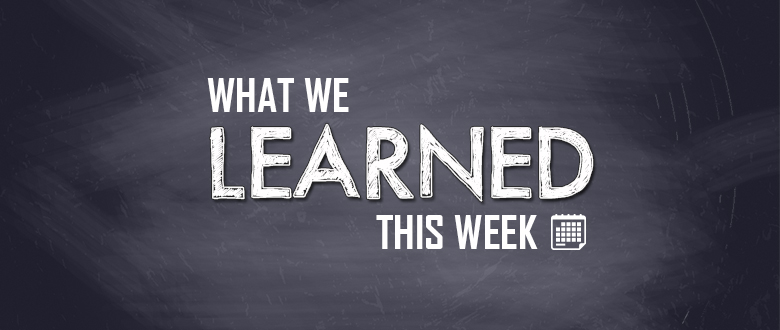
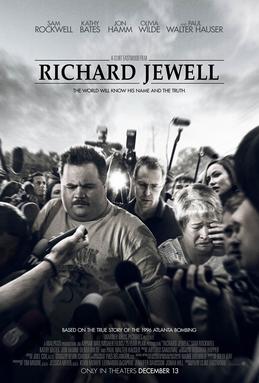
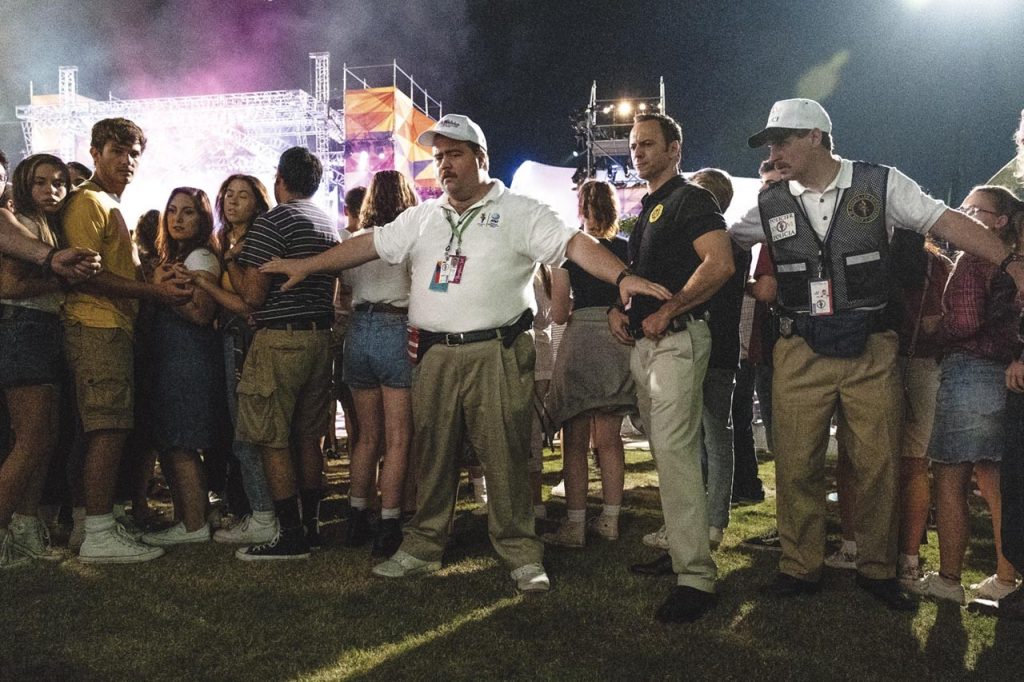



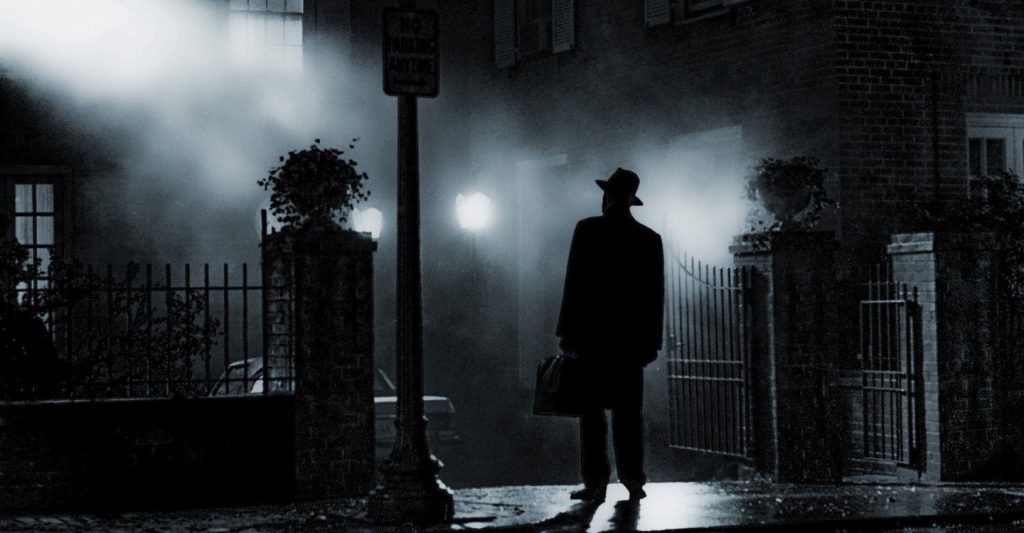








 Reed Lackey is based in Los Angeles, where he writes and podcasts about film and faith. His primary work is featured on the More Than One Lesson website and podcast, as well as his primary podcast,
Reed Lackey is based in Los Angeles, where he writes and podcasts about film and faith. His primary work is featured on the More Than One Lesson website and podcast, as well as his primary podcast, 